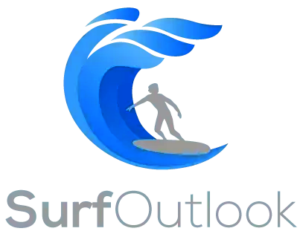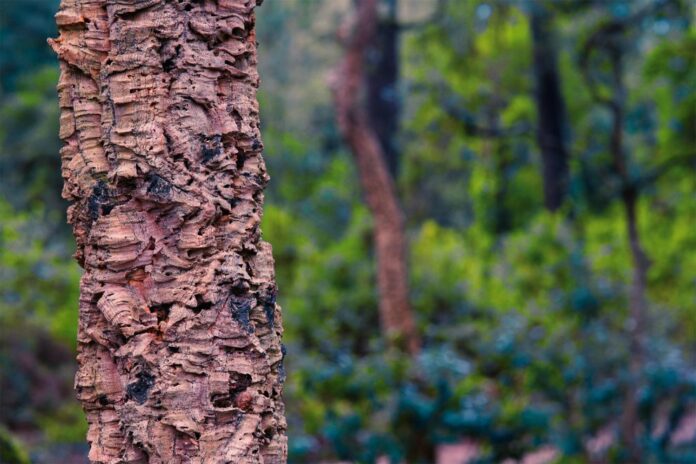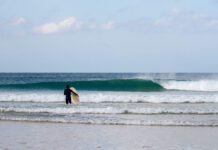Environment-wise, they found that given the CO2 absorbed throughout the cork’s lifecycle, the EC board had a negative value of CO2 emissions (-116.229 kg CO2/m3), making it the only type of core material with a negative carbon footprint when compared to traditional blanks such as polyurethane (PU) or Expanded polystyrene (EPS). The study also showed that the black cork used in the surfboard could retain its essential properties for more than 40 years; after that, it can be reused for different applications or simply ground for incineration.
The main downside related to the cost-effectiveness of black cork: expanded foams are lighter and cheaper to produce, and although cork is easier to recycle, it is also more limited in terms of supply. “Mass production will be always very difficult when it comes to cork-based products,” explains José. “However, as the study shows, the use of environment-friendly materials can help reduce the ecological footprint of surfboards, so by opting for alternatives such as expanded cork, flax fibre for the skin, and bio-resins, we can reduce up to 62.8% of equivalent CO2 emissions.”
As such, the effort to make the surf industry more sustainable isn’t one-sided, and, as José emphasises, it goes beyond the creation of manufacturing alternatives. “The surfer buying a surfboard is, after all, a consumer, so, price matters. And since it will be nearly impossible to beat the cost/quality ratio of surfboards based on oil-based foams, consciousness is the biggest appeal for the surfing community to change its mindset, to the point a surfer will think about the environmental impact of a surfboard when buying it.”
The bad news is, regardless of how “eco” surfers claim to be, when it comes to sustainability we are still finding our feet. The good news is that even if the process is slow, it is moving forward, evolving from what it used to be seventy-odd years ago, away from what was once essential but has now become detrimental, toward something we can truly boast about.
“Cork is not the only natural material with potential, there are many different types of natural fibres, such as flax, hemp, sisal, etc., as well as other tree barks that can be used as natural cellular materials,” says José. “And as the surf industry starts working with such type of materials, prices are likely to reduce, which will make easier to convince customers to go fully natural.”
*****
For more information on expanded cork surfboards feel free to reach out to José M. D. Correia or Dr Ricardo Sousa.





